What is Free Body Diagram ?
A Free body diagram or FBD is a graphical representation of the relative magnitude and direction of all the forces acting on a body in given conditions.
FBD calculates forces acting on a body in moving and stationary conditions and solves static and dynamic mechanical engineering problems.
For example, FBD calculates the force required to push a car on a hilly road or hold a book. Click this link to know the degree of freedom in mechanics.
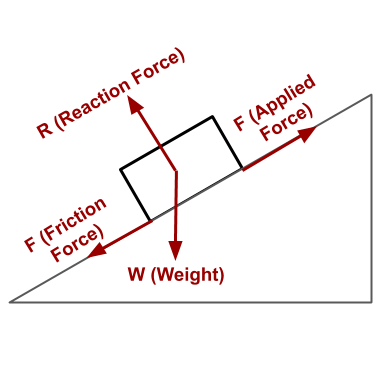
As shown in the above image, the free body diagram of a rectangular block on an inclined plane shows various forces acting on the rectangular block. We can understand the rectangular block motion from forces acting on the rectangular block.
if
Friction Force > Applied Force, The block will remain stationary.
If
Applied Force > Friction Force, The block will move in the applied force direction.
What is the purpose of the Free Body Diagram in Physics and Engineering?
FBD is a tool to solve complex static and dynamic motion problems. We use Free Body Diagram to:
- Visualize forces acting on a moving or stationary body.
- Calculate unknown forces acting on a body.
Application Examples of FBD
- In robotics, we use FBD to calculate the actuation force required to perform a given task (such as lifting and dropping a component).
- We can use FBD to calculate the forces acting on the motor. From these forces, we can finalize the motor specifications.
How to Draw Free Body Diagrams ?
Let’s consider an example of a man trying to push a 25 kg wooden block on wooden flooring to understand the process of drawing FBD.
We can make FBD for a wooden block in the following three steps.
Step-1: Identify and list down all forces acting on a body.
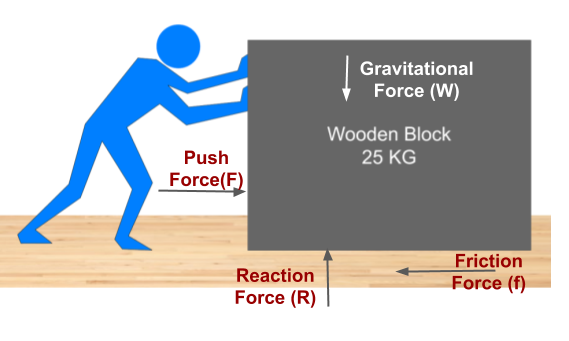
As shown above, when a man tries to push the wooden block. He works against its weight and floor frictional force. As a result, the following forces will act on the block.
- Weight of the object (W).
- Frictional Force (f) in the direction opposite to the movement of the block.
- Ground Reactive Force (R)
- Push force by Man (F) (in this example, we will consider applied force is normal force)
Step-2: Create Rigid Body line diagram
The next step is the body/object line diagram. It shows the basic shape of the body.
The line diagram for the rectangle block will be a rectangle, whereas the tennis ball line diagram will be a circle.
Step-3: Mark the forces acting on Rigid Body on Line Diagram
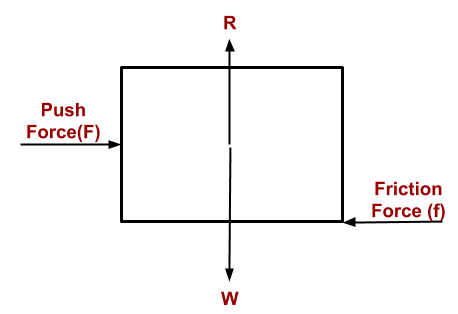
Finally, We draw FBD by drawing force vectors (by marking arrows in the direction of the acting force) on a rigid body line diagram.
According to Newton’s second law, all forces acting on a body are in equilibrium in a static condition. Therefore we can calculate unknown forces by keeping opposite forces equal. For the above example:
Push force = Frictional Force
Reaction Force = Weight of the block
We can calculate the force required to move the block from the frictional forces and block weight from the above equation.
Free Body Diagram Examples
Here are examples of FBD for products we use in our day-to-day life.
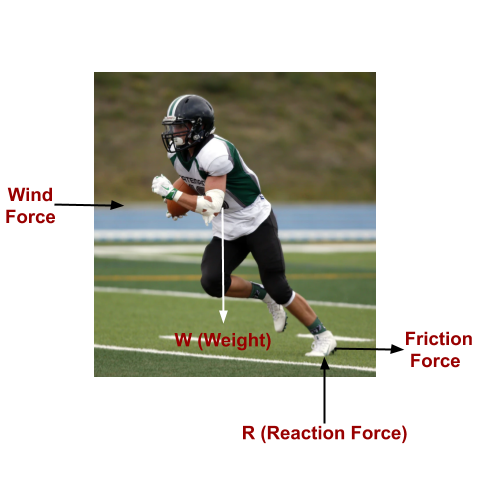

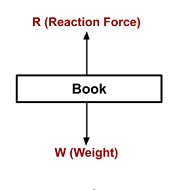
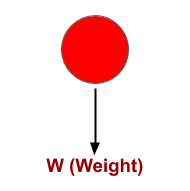
Frequently Asked Questions – FAQs
FBD is a graphical representation of the relative magnitude and direction of all the forces acting on a body in given conditions.
FBD is a tool in physics and mechanical engineering to
- Visualizing forces acting on a moving or stationary body.
- Calculating unknown forces acting on a body.
The free-body diagram is a tool to solve mechanical problems by visualizing all the forces acting on a single object.
Refer details above
To sum up, FBD is a tool in physics and engineering to visualize and calculate the forces acting on a rigid body. We will keep updating more information on the FBD. Add your suggestions, comments, or questions on FBD in the comment box.

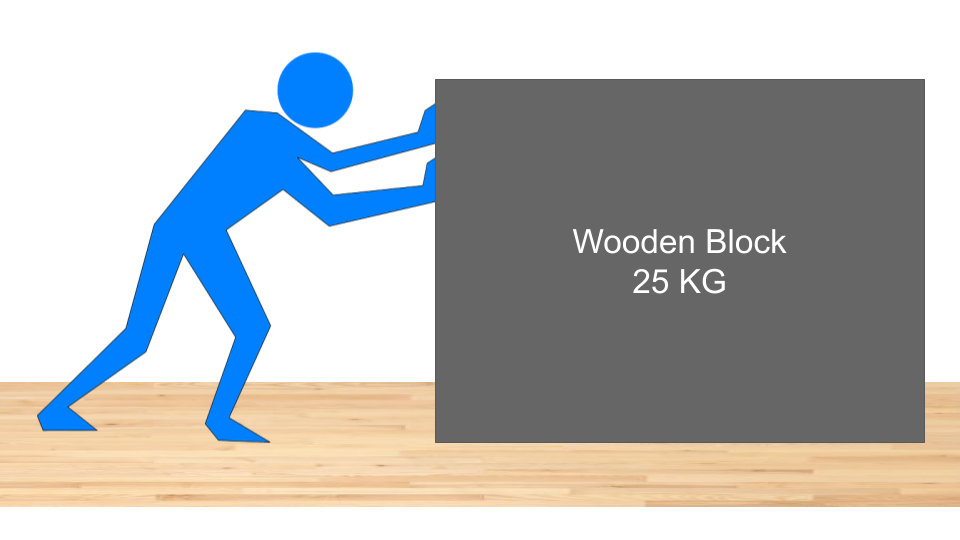

Add a Comment